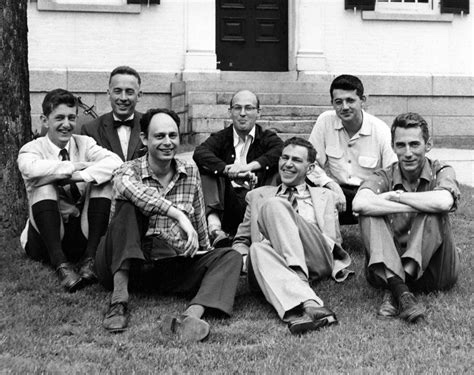The Beginning of AI: A Look Back in Time
Artificial intelligence (AI) is a rapidly growing field that has the potential to revolutionize our world in countless ways. But where did it all begin? To understand the current state of AI and where it’s headed, it’s important to take a look back at its origins.
The origins of AI can be traced back to the 1950s, when a group of researchers at Dartmouth College proposed the idea of creating machines that could think and learn like humans. This proposal led to the launch of the Dartmouth Conference in 1956, which is widely considered to be the birth of AI as a scientific field.
At the Dartmouth Conference, the researchers discussed a wide range of topics related to AI, including natural language processing, problem solving, and learning. They also proposed the creation of “thinking machines” that could perform tasks that typically required human intelligence, such as understanding natural language and recognizing objects in images.

One of the first AI programs developed during this time was the Logic Theorist, created by Allen Newell and Herbert Simon. This program was able to prove mathematical theorems by reasoning like a human, and it was considered to be a major breakthrough in the field of AI.
However, the early years of AI were marked by a great deal of optimism and hype. Many researchers believed that creating truly intelligent machines was just around the corner, and they predicted that AI would soon be able to accomplish a wide range of tasks that were previously thought to be the exclusive domain of humans.
Unfortunately, these predictions proved to be overly optimistic. Despite significant progress in the field, AI has yet to achieve the level of intelligence and capabilities that were initially hoped for.
One major reason for this is the lack of data and computational power available during the early years of AI research. Without large amounts of data and powerful computers, it was difficult to train AI models and make them perform well on complex tasks.
Despite these challenges, AI continued to evolve and make progress. In the 1960s and 1970s, researchers began to focus on developing more advanced techniques for pattern recognition and decision making. This led to the creation of more powerful AI systems, such as the ELIZA program, which was able to simulate a conversation with a human by using a set of pre-defined rules.
In the 1980s and 1990s, AI research shifted towards the development of expert systems, which were designed to perform specific tasks, such as diagnosing medical conditions or analyzing financial data. These systems were able to perform tasks that required a high degree of expertise and were considered to be a major step forward in the field of AI.
Today, AI is a rapidly growing field that continues to evolve and make progress. With the advent of deep learning and other advanced techniques, AI has the potential to revolutionize our world in countless ways. From self-driving cars and intelligent robots to virtual assistants and personalized medicine, the possibilities are endless.
The beginning of AI is a fascinating journey that is full of both hope and disappointment. The early years of AI research were marked by a great deal of optimism and hype, but it was not until the recent years that we have seen the real breakthroughs in AI. With the progress that we have made so far, we can expect to see many more exciting developments in the future of AI.




Je moet ingelogd zijn om een reactie te plaatsen.